The main structure of the Chehel Sotoun Palace was established during the reign of Shah Abbas the First, and Shah Abbas the second completed it and added some details. This building first was a kiosk that formed the primary core of the building which was surrounded by the middle hall and square pavilions. In Shah Abbas, the Second’s era the building was completed and Mirror Hall, Bistun Hall, two big northern and southern chambers of Mirror Hall, the Iwan on the sides of the Royal Hall and the big pool and also all the decorations, mirror work and mosaic were added.
The main columns of the building were covered with mirror work in the past but were destroyed in the Qajar period, because of Zell-e Sultan’s (Governor of Isfahan) enmity and folly. During the Constitutional Revolution, the committee concerning the decision making of the Constitution was held here in the Palace. By the support of the time’s officials and efforts of culture lovers of Isfahan, this building was made into a museum in 1948.
- Tips on How to Reach:
If you get to the northwestern exit of Naghsh-e Jahan Square, you’ll go to an intersection after a short walk, The entrance of Chehel Sotoun Palace is quite visible on the left. The Garden Museum of Natural History of Isfahan is on the right side of the entrance and a few meters from the main entrance there is Chehel Sotoun Palace.
- Tips on How to See:
You’ll see a big pool after entering that is 110 meters long and 16 meters wide. At the end of this pool, there’s the main building of the Palace. There are four figures of Anahita, the goddess of water, on the corners of the pool. As soon as you enter you’ll see the reflection of Chehel Sotoun Palace on water and if you visit the place in the morning, you can get beautiful photos by the beautiful morning light
After passing the pool you’ll get to the main imaret of Chehel Sotoun Palace. The only things that attract your attention are the twenty high columns that are made of Plantain.
After stepping on the main building of the building, you can see paintings on the ceiling that are all remnants of the Safavid era. A little further and on the main entrance, you’ll see mirror works on the walls and ceiling. Inside the main building, some beautiful miniatures and paintings are done on the walls and ceiling that narrate different accounts of the wars and the poets.
- Visit hours:
- spring: 8.30 to 19
- summer: 8.30 to 13.30 and 15.30 to 20
- fall: 8.30 to 17:30
- winter: 8.30 to 18.30
- Visit days: every day
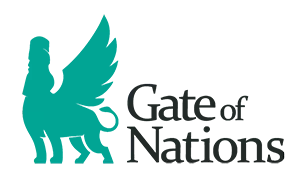
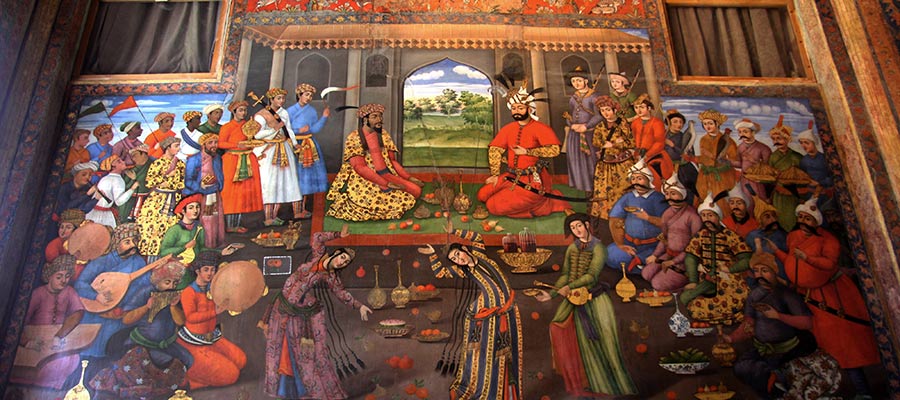

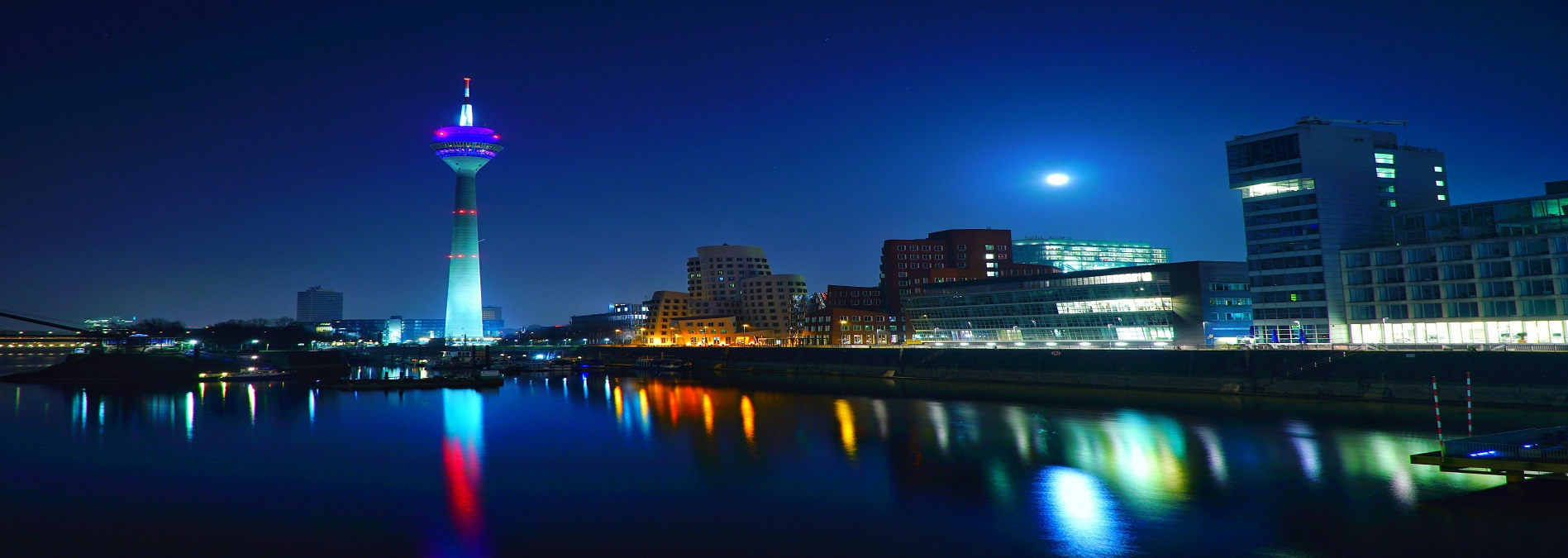
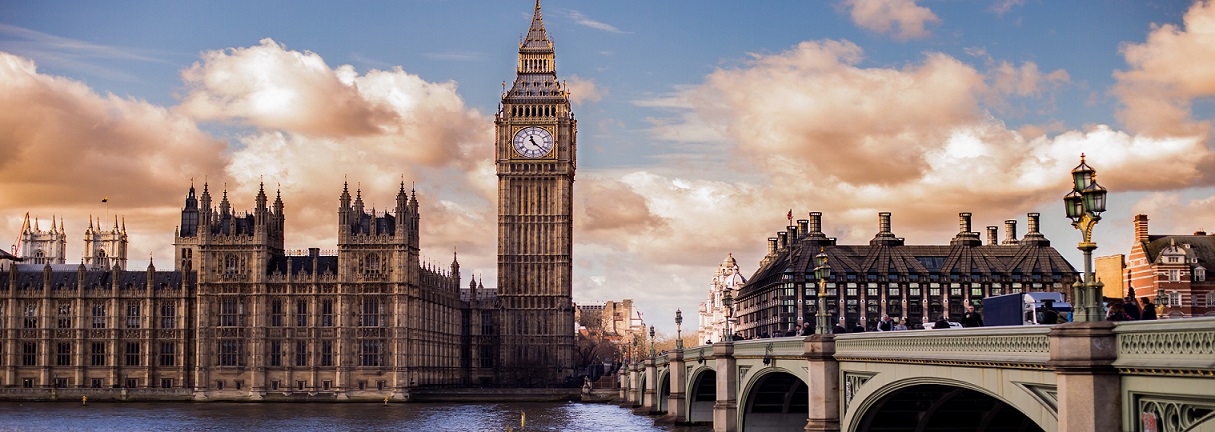
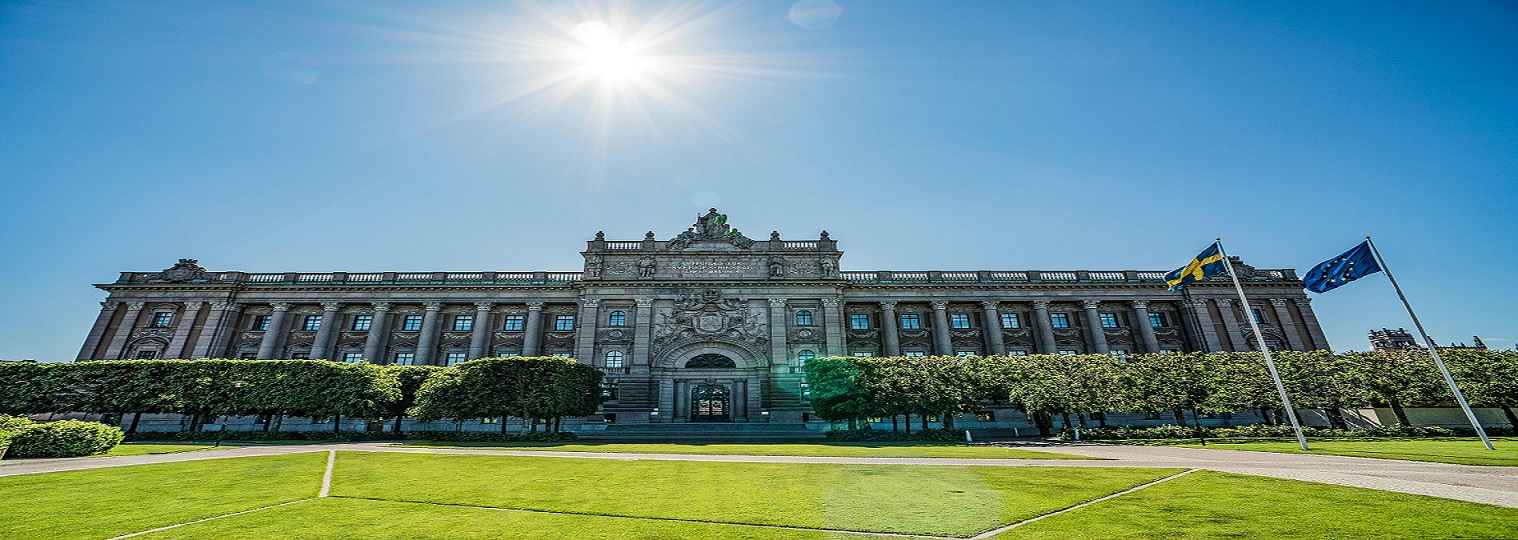



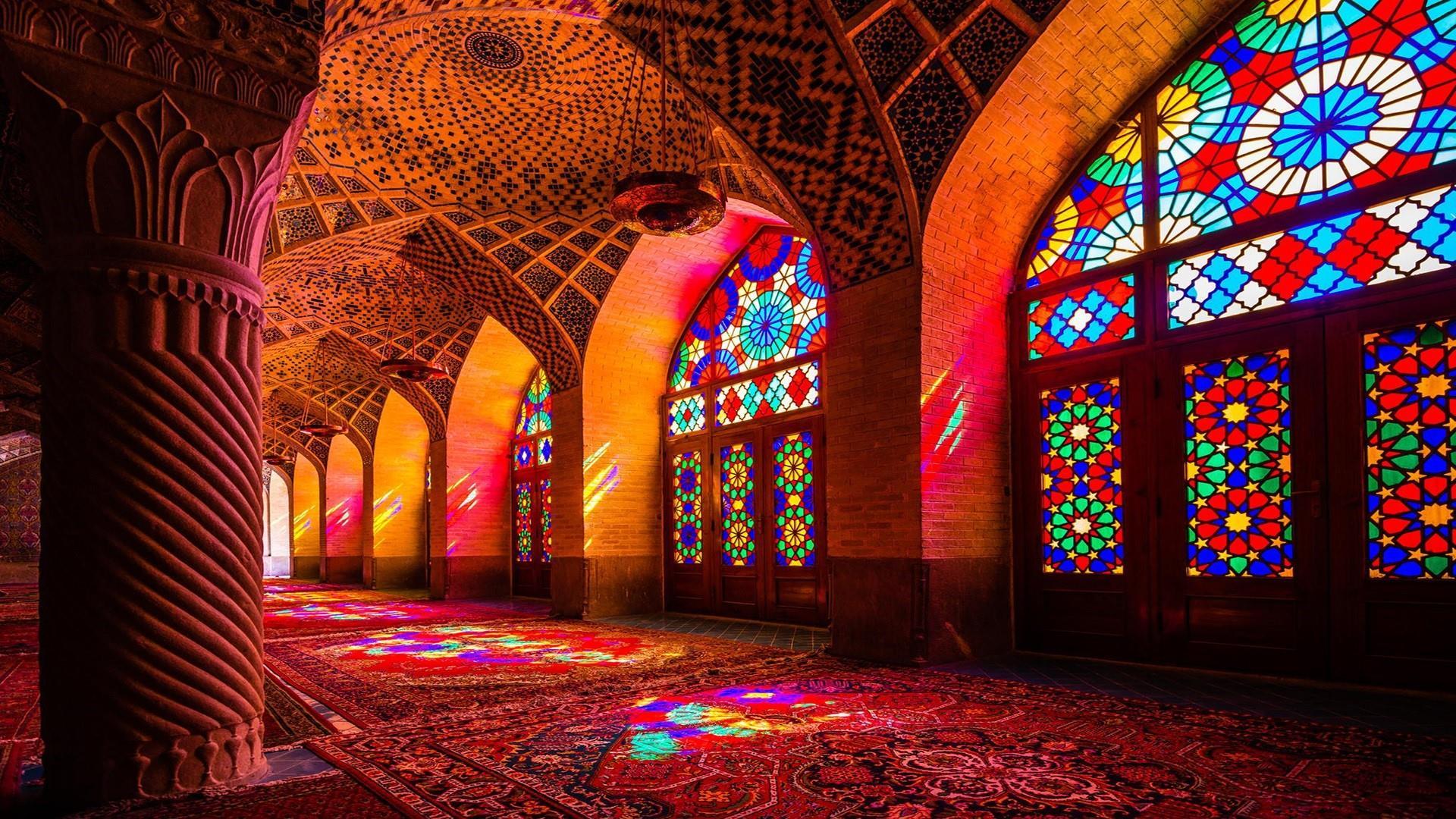
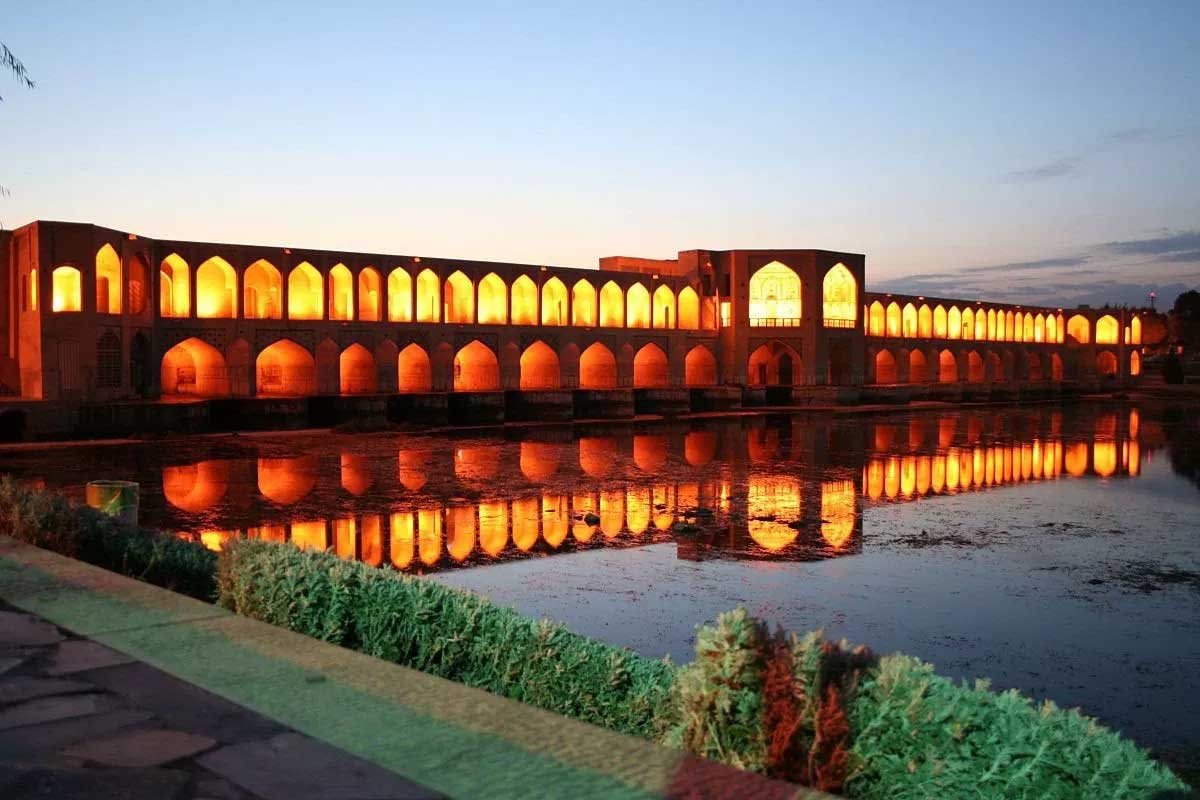
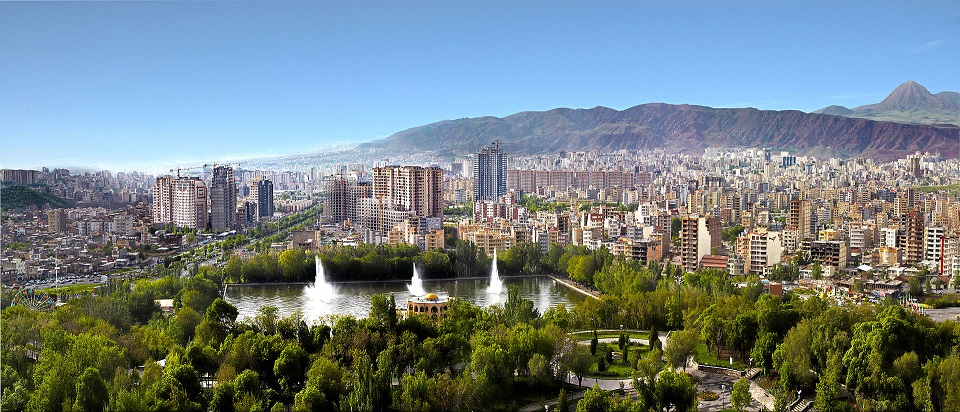
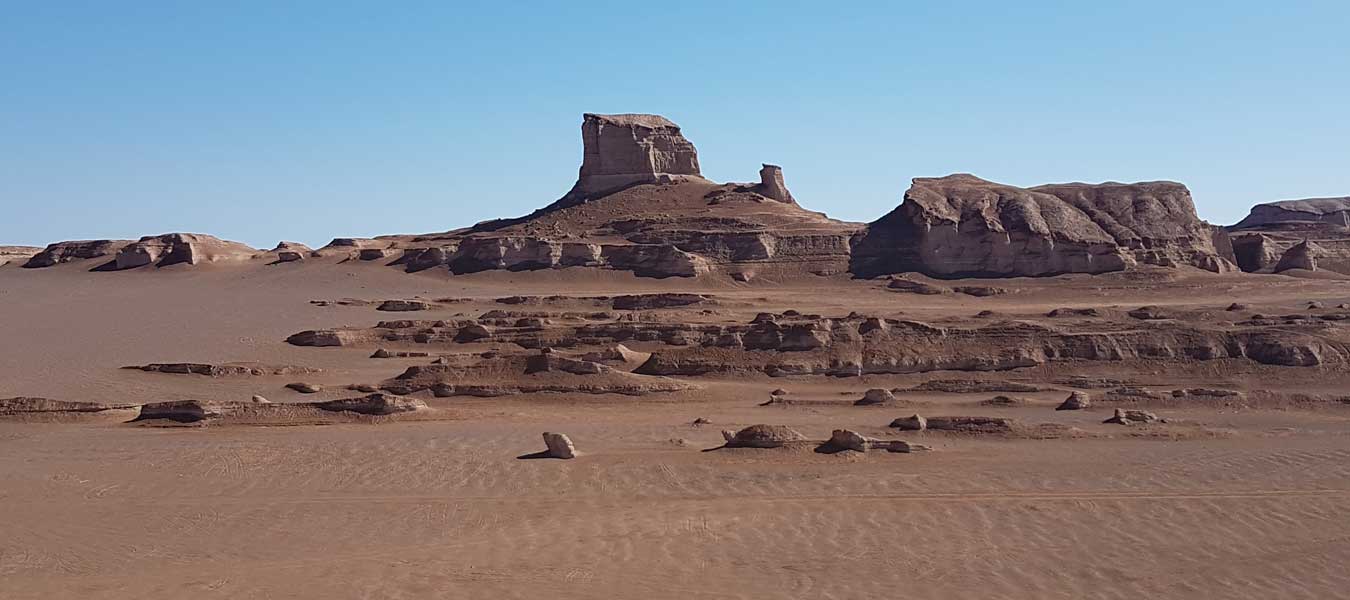

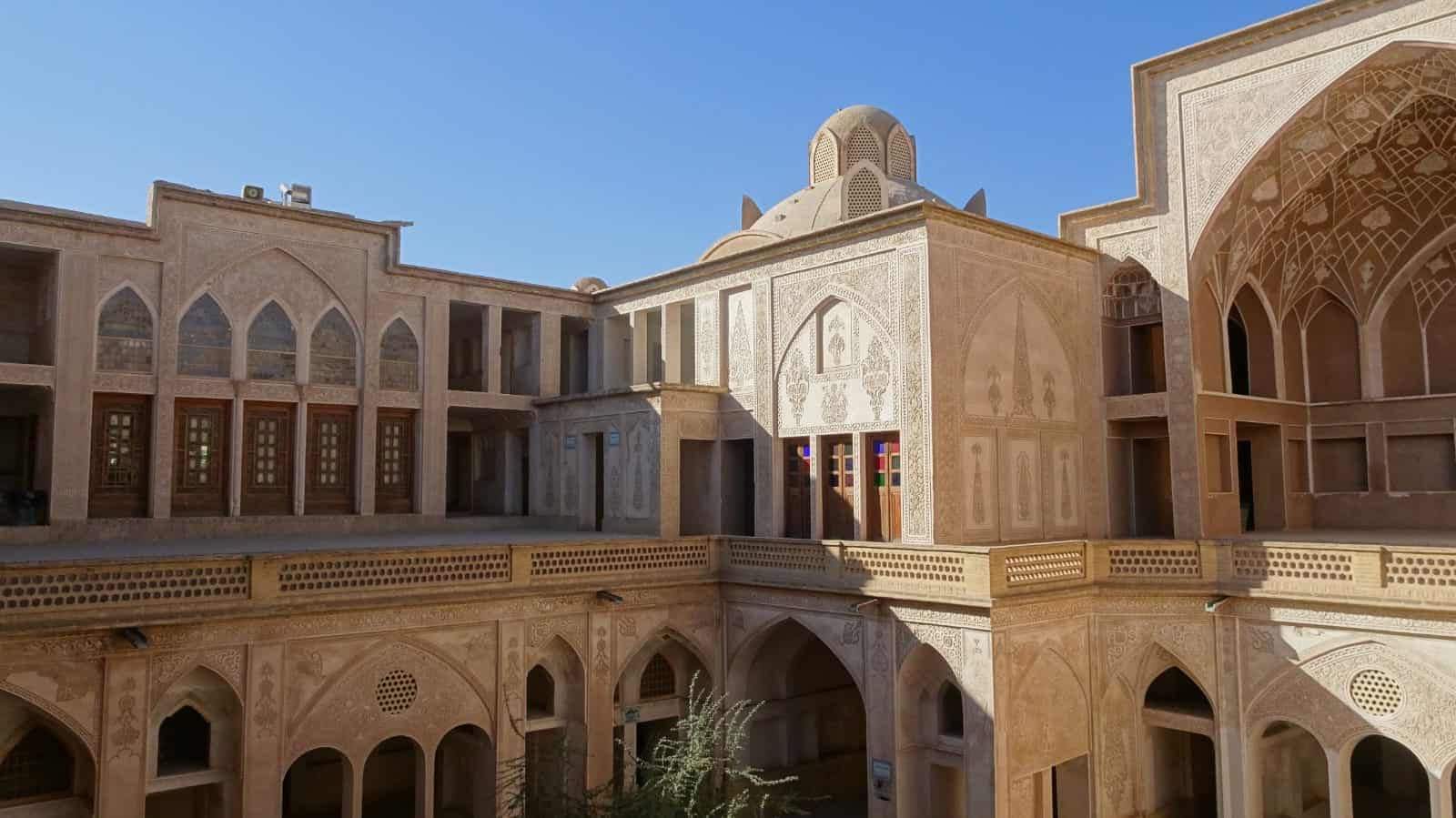
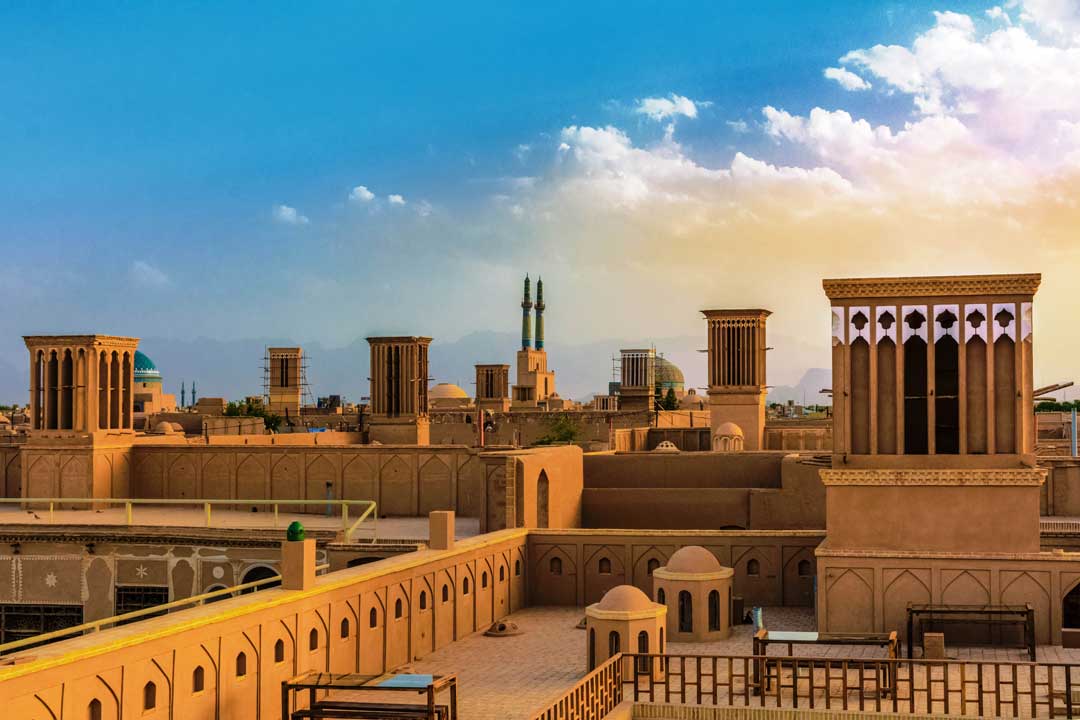
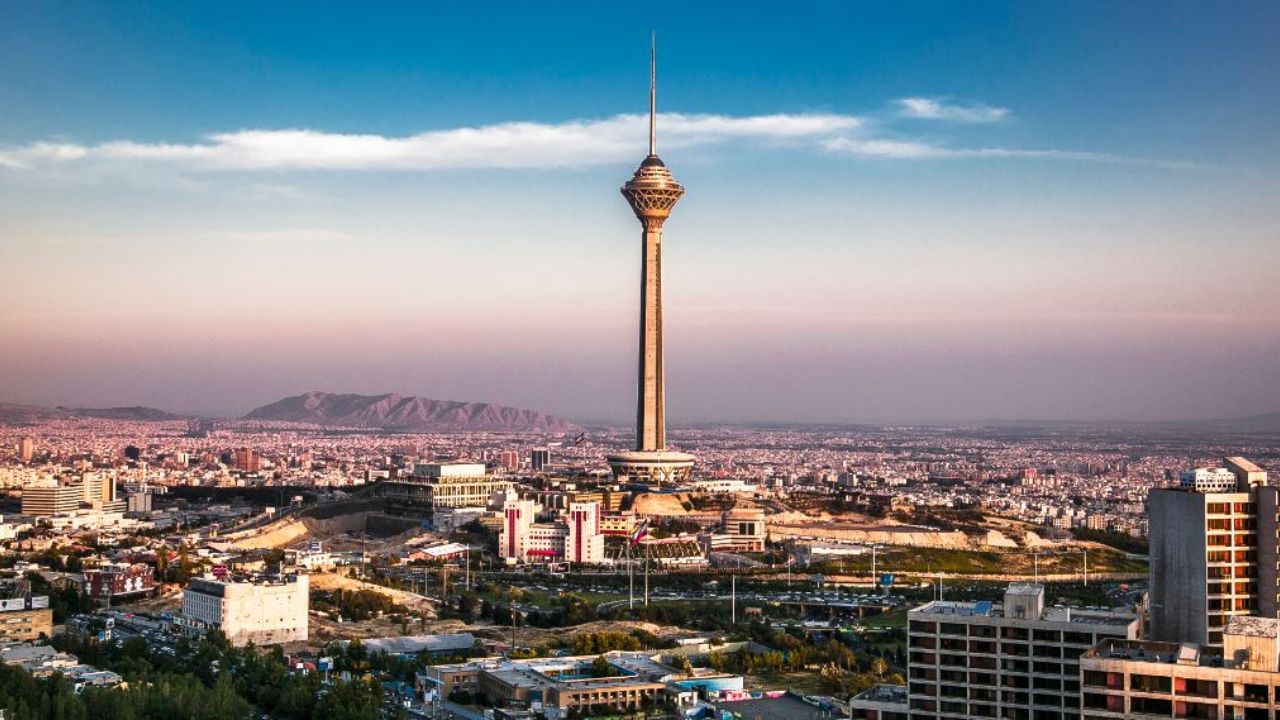
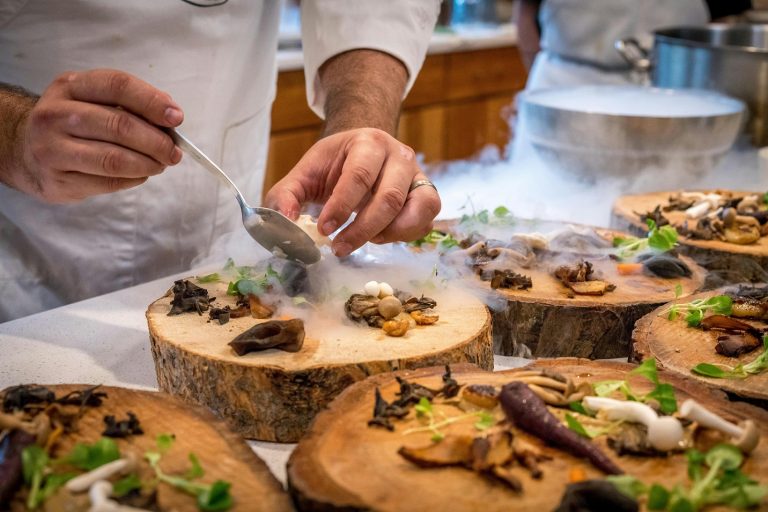

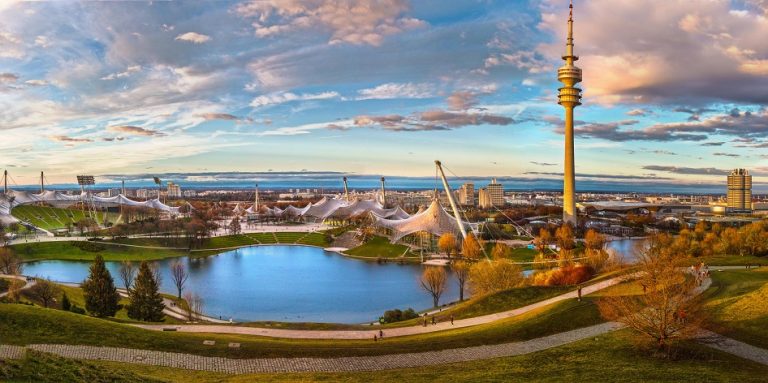
Leave a reply